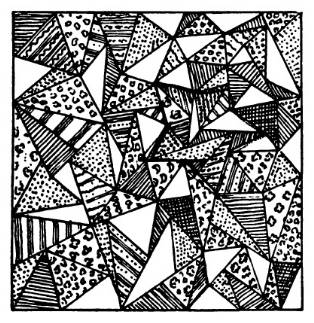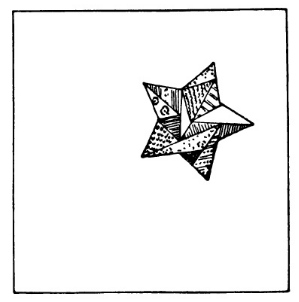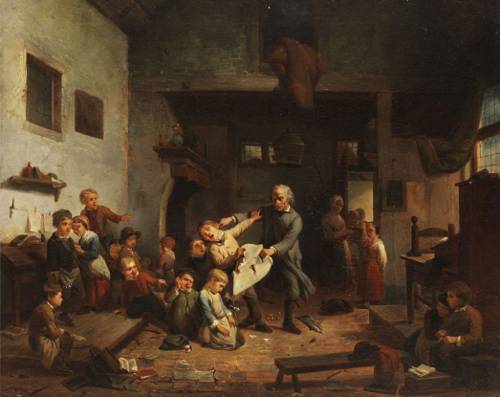On the twenty-third of December, 1757, the British privateer Terrible, Captain William Death (who had Devil for his lieutenant and Ghost for his surgeon), of twenty-six guns and two hundred men, captured a large French ship, after an obstinate battle, in which he lost his brother and sixteen men killed. A few days after, he fell in with the privateer Vengeance, thirty-six guns and three hundred and sixty men, who recaptured the prize, and, having manned her, both ships bore down on the Terrible, whose main was shot away by the first broadside. After a desperate engagement, in which the French captain and his lieutenant were killed, with two thirds of his crew, the Terrible was boarded, when no more than twenty-six persons were found alive, sixteen of whom had lost an arm or a leg, the remaining ten being badly wounded. The ship, which had been equipped at Execution dock, was so shattered that it could scarcely be kept above water.
— Albert Plympton Southwick, Quizzism; And Its Key, 1884





